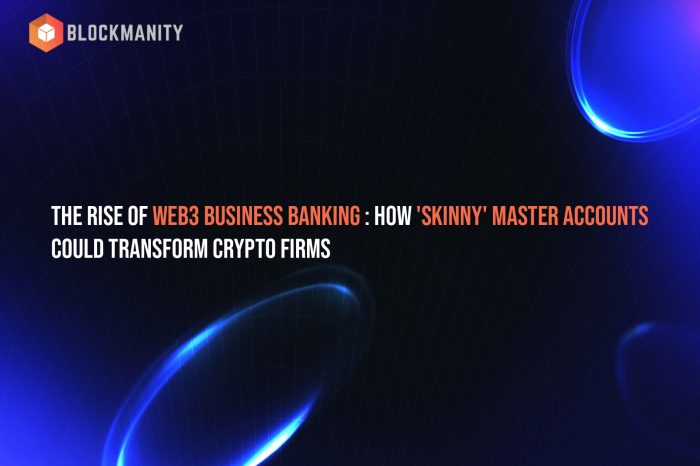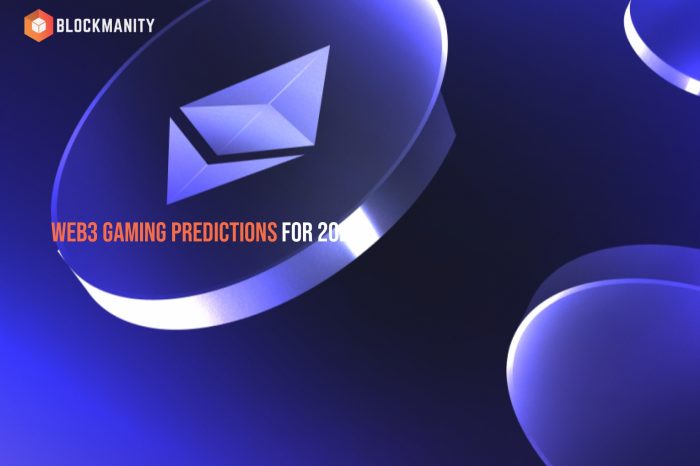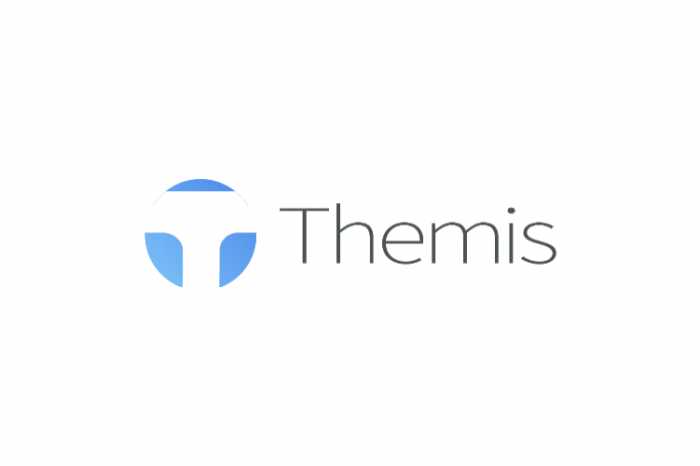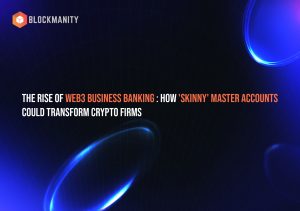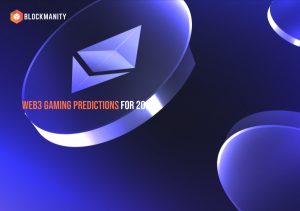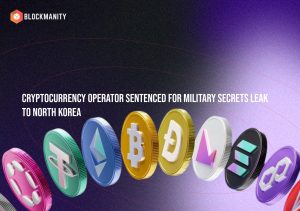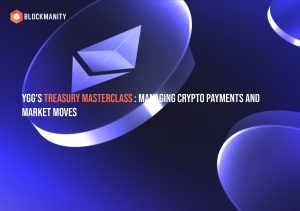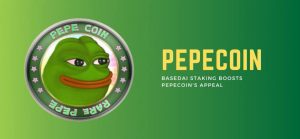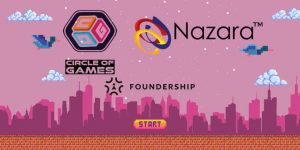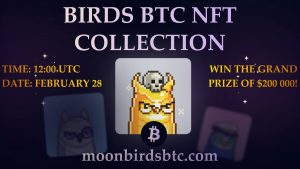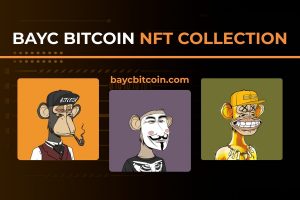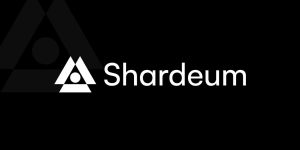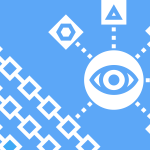Chainlink, Band, and Themis (MIS), Which Oracle Provides More Transparent and Accurate Data?
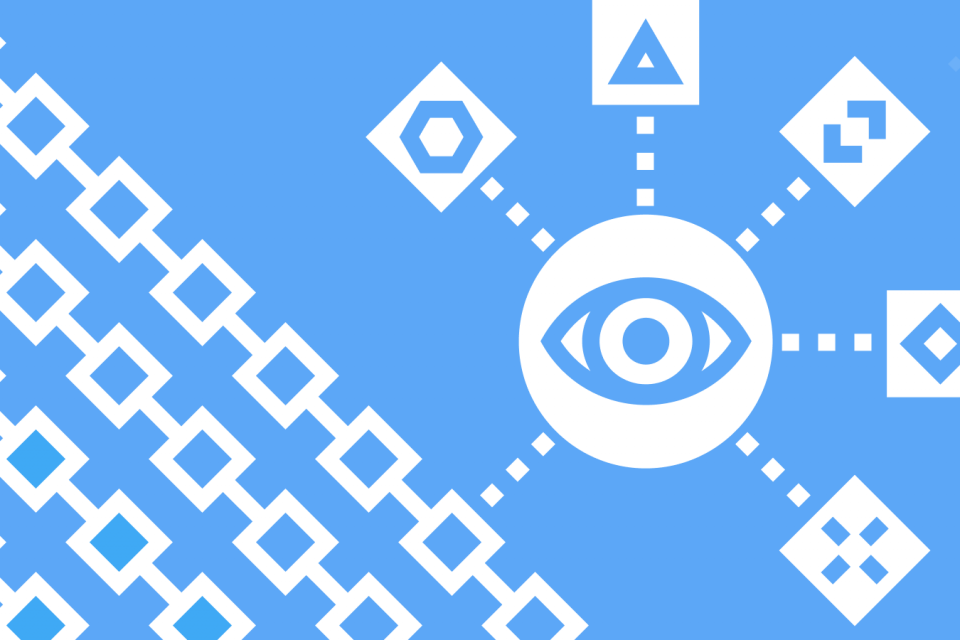
Detailed Comparison on the Mainstream Oracles
Oracle bridges between the real world and blockchain and it is an important ecological foundation of DeFi project. With the rapid development of DeFi, many start-ups started to invest in oracle, making oracle a hot topic.
Random number oracle Themis (MIS) has officially launched its yield farming and released the respective farming guidance, which lighted up public’s attention again. At present, various oracle projects are competing fiercely, yet Themis stood up. How did that happen? What’s unique feature of Themis?
Let’s compare the mainstream oracles to find out the answer together.
Chainlink
Chainlink is the first decentralized oracle solution on Ethereum. With the external adapter for retrieving data from the data source provided by Chainlink, the data source provided by Chainlink can be integrated on any platform, and a high degree of decentralization is guaranteed. These node operators have incentives to provide correct data, so that they can choose from different data sources to ensure the highest reliability. The main focus of Chainlink is the application of payment scenarios, such as helping banks and enterprises establish smart contracts.
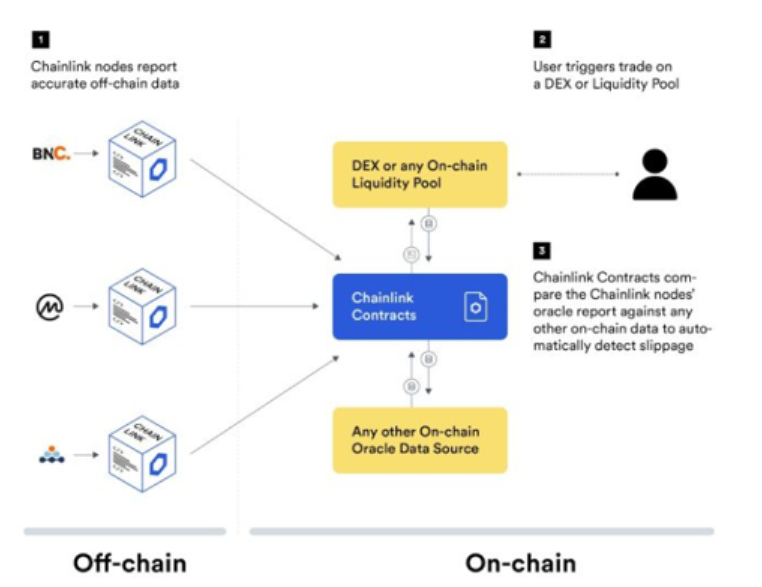
However, compared with other oracle projects, ChainLink’s chain aggregation cost is too high with a poor scalability. In addition, in terms of on-chain data, data is transmitted to Chainlink’s smart contract by off-chain nodes through trusted hardware devices. Each transaction pair corresponds to a smart contract, and each price query will be recorded on the chain. Since the price data is on the chain, the smart contract adopts the agency model, and the contract address cannot be queried from the Chainlink official website. Therefore, currently, it is not possible to query the on-chain data on the browser.

DOS Network
DOS Network provides decentralized oracle services, along with unlimited and verifiable computing power for the blockchain.
DOS Network monitors user data requests on the chain, monitors and receives data requests off the chain, and then randomly selects a group of nodes under the chain to provide data. Once the collected data passes the consensus of 51% of the nodes in the group, it is regarded as the “correct answer”, and he obtained answer will be fed back to the information requester on the chain under the chain. Because it is a self-developed decentralized network, all internal integrated data and disciplinary mechanisms cannot be queried on-chain either.
Band Protocol
Band oracle expands the public chain in the form of Layer 2. It allows decentralized applications to utilize existing data on the Internet without the need for a trusted intermediary. Compared with other existing protocols, Band Protocol provides a cheaper and faster solution without compromising security. Developers using the Band protocol will be able to build a wider range of decentralized applications and integrate them into off-chain financial data. However, due to the official adoption of the Layer 2 expansion plan, the data submission, security mechanism, and disciplinary measures of the band cannot be queried on the chain. Only the query records can be viewed on the chain.
NEST
NEST is a distributed price oracle aiming to solve the problem of price chaining through a decentralized incentive scheme. NEST-Protocol includes modules such as mortgage asset quotation, arbitrage verification, price chain, and BETA coefficient, ensuring the accuracy of prices, resistance to attacks, and the distribution of the quotation system.
Using market game theory, the price facts of the off-chain market are synchronously generated on the chain through miners’ quotation, and then combined with the NEST price feeding mechanism. The price feeding method of NEST is much better than that of the less decentralized projects. However, because all quotation behaviours are completed on the chain, ETH might be congested and the GAS fee might skyrocket under extreme market conditions, which will greatly affect the enthusiasm of the farmers.
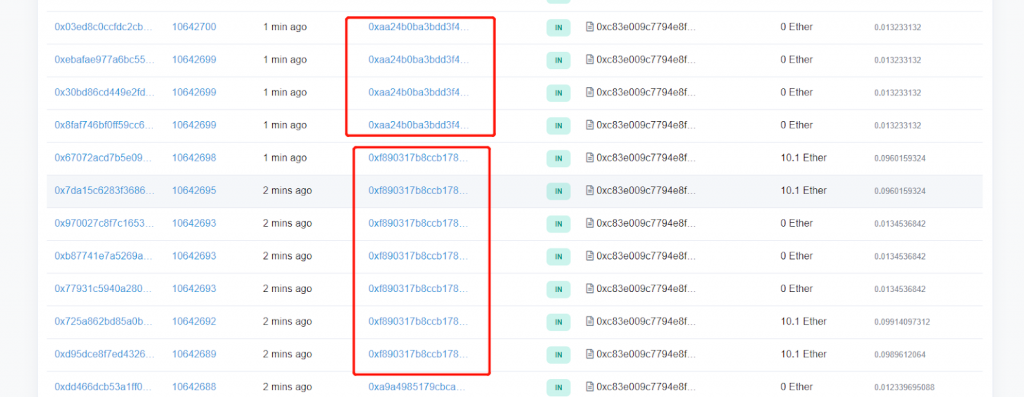
As for the on-chain data, only quotation information can be viewed in the NEST ecosystem, and the quotation uses a centralized mining pool model, which is very weak.
Tellor
Tellor is a decentralized oracle network based on PoW consensus. Among all nodes participating in the provision of oracle services, users of the first five nodes to complete the PoW puzzle challenge can get rewards for Tellor’s newly issued token, TRB.
The user provides Tellor with a data request and a certain number of tokens. Every 10 minutes, the Tellor algorithm selects the query with the most funds and submits it to the miner. Then, eligible miners compete to solve the proof-of-work challenge. The top 5 miners who solved the PoW then provided these requested data to the Tellor on-chain database and received rewards. Based on the above logic, the real-time performance of Tellor oracle query is very low, and it is difficult to adapt to the needs of DeFi projects. At the same time, since its internal disciplinary record is not on the chain, and the calculation POW record is also not on the chain, causing a certain degree of centralization risk.
Themis
Themis provides a complete set of technical solutions, mainly for application scenarios such as random number oracles, on-chain asset price oracles, and computational oracles. It includes modules such as mortgage assets becoming data providers, challenge verification, attack prevention algorithms, verifiable random function VRF, arbitration protocol, etc., forming a complete Themis Protocol. By setting up data providers, data verifiers and arbitration nodes, and through the corresponding token reward and punishment mechanism, Themis can ensure that the data of the oracle is authentic and reliable.
In addition, in terms of on-chain data, Themis is currently the only oracle project that adopts a all protocol data on-chain model, and all information, including quotation, farming, challenge, and arbitration are recorded on the chain.
The pledge and quotation transaction records are as follows:
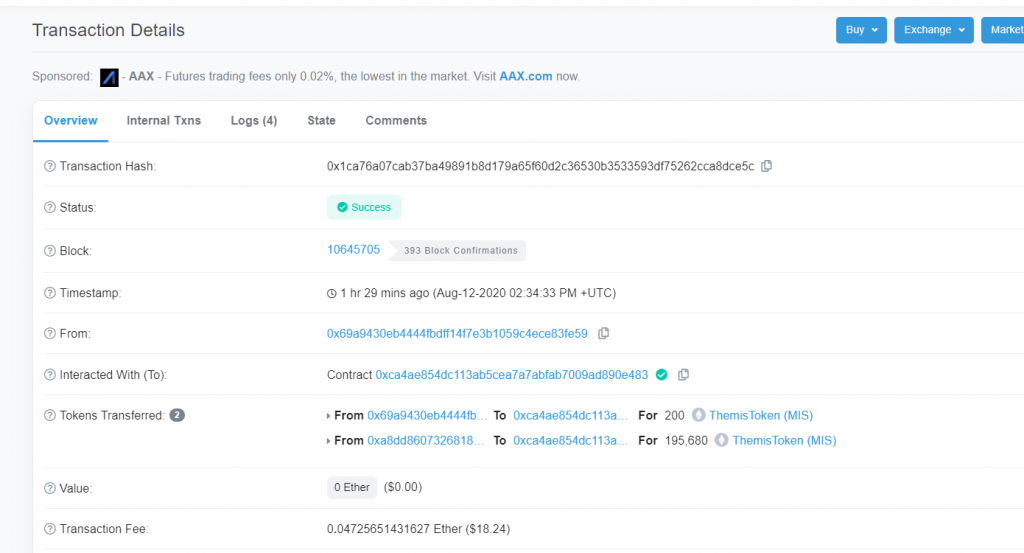
The pledge and mining reward retrieving records are as follows:
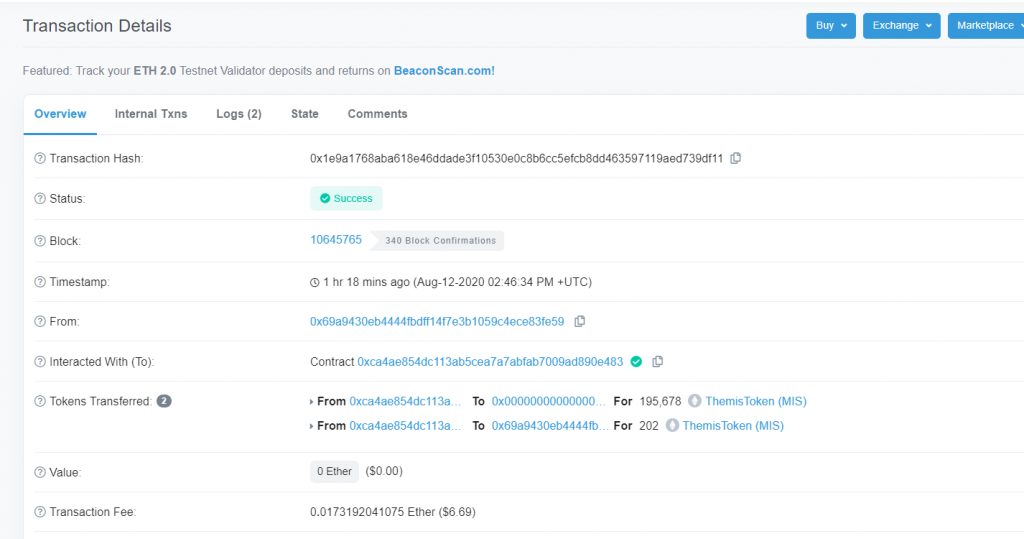
The verification challenge record is as follows:
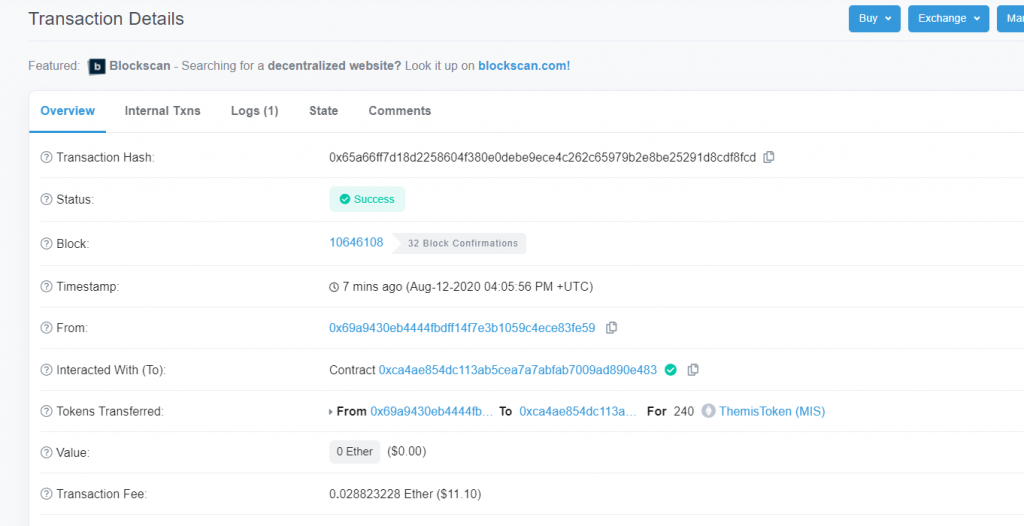
As all the protocol information are recorded on the chain, compared with other projects, Themis can offer a more open and transparent environment, which better guarantees the data security.
The technical ability to place real-world data onto a blockchain still has great room for development. Themis is rushing in the oracle space with its unique random number mechanism and all protocol data on-chain model, aiming to provide more transparent and accurate data. With the current momentum of Themis, its future rise is without doubt.
Featured Image Source: Binance Academy
Discuss this news on our Telegram Community. Subscribe to us on Google news and do follow us on Twitter @Blockmanity
Did you like the news you just read? Please leave a feedback to help us serve you better
Disclaimer: Blockmanity is a news portal and does not provide any financial advice. Blockmanity's role is to inform the cryptocurrency and blockchain community about what's going on in this space. Please do your own due diligence before making any investment. Blockmanity won't be responsible for any loss of funds.

